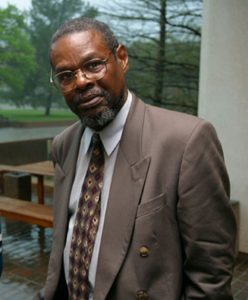
Eddie Griffin
In response to our “This Day in History” post in 2014 about the 1971 Attica Prison Rebellion, civil rights activist and former Black Panther member Eddie Griffin provided us with information about an act of resistance he participated in at the United States Penitentiary at Marion. Griffin’s account shows that the rebellion at Attica was not an isolated event, but one among many acts of resistance organized by prisoners to protest brutal conditions in U.S. prisons.
On July 4, 1976 inmates at United States Penitentiary (USP) Marion (in Illinois) staged a hunger strike in protest of inhumane treatment by the prison administration. They planned the strike for two years in order that it may coincide with the U.S. Bicentennial celebration.
The prisoners involved in the planning—Eddie Griffin, Horace Graydon, Thomas Flood, Ed Jones and others—became known as the “Marion Brothers.” Following the Attica Prison Rebellion three years earlier, the Marion Brothers recognized the need to establish a network of outside support groups and media alliances prior to strike.
Built in 1963 to replace the Alcatraz Federal Penitentiary, Marion was the first super-maximum security “supermax” prison in the world. In 1968, Marion implemented a program called the “Care and Rehabilitation Effort” (CARE). Despite its name, the CARE program at Marion forced prisoners to undergo violent sessions of group “therapy” and long periods of solitary confinement.
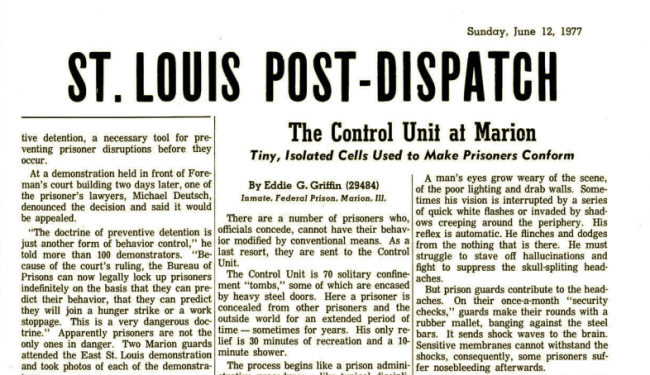
The organizational behavioral psychology methods used on prisoners were adopted from Dr. Edgar Schein’s approaches to degrade and humiliate prisoners. The methods—including spying, convincing prisoners to mistrust one another, withholding mail, and sleep deprivation—were designed to weaken emotional ties, and induce fear and guilt. Prisoner Eddie Griffin details such occurrences in the St. Louis Post-Dispatch (1977):
It is itself a Death Row for the living. Its creation added the ultimate dimension to the behavior modification system. The subtle implication behind its meaning is made sharp and clear: Conform or Die.
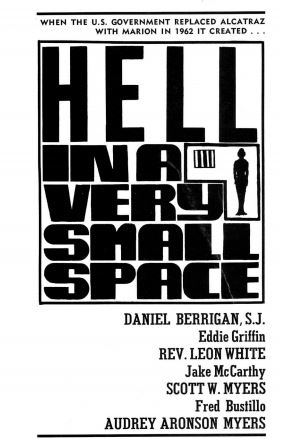 Griffin describes the 1976 Marion prison strike below. (Note: This was in a statement of support for the 2011 Pelican Bay prisoners’ hunger strike.)
Griffin describes the 1976 Marion prison strike below. (Note: This was in a statement of support for the 2011 Pelican Bay prisoners’ hunger strike.)
The Great Bicentennial Hunger Strike was two years in the making. It was not a simple undertaking, because men were putting their lives at stake, and the planning had to be kept secret from the prison administration.
I was given the responsibility of drafting the petition for redress and issuing the press release. As a prelude, now part of the Marion Brothers archives, there were interviews with select political prisoners, which included Puerto Rican Nationalist Rafael Cancel Miranda, American Indian Movement Leonard Peltier, and Black Panther Lorenzo Komboa Ervin. These were internationally recognized political prisoners with grievances against the United States. And, it was their grievances, besides the human rights issues of prisoners that comprised the body of the petition, which I delivered to the warden on that Fourth of July.
The first redress was “to hire more minority prison guards.” Although most prisoners fought me, tooth and nail on this issue, it was the first to grab the media’s attention, and the most defenseless for the government.
The second redress was “to stop using prisoners as guinea pigs in mind control experiments.” This issue raised curiosity and initiated an investigation by the St. Louis Post-Dispatch. When the allegation proved true, and that the CIA was behind the experimentation, Angela Davis organized some 800 support organizations into the Alliance Against Racism and Political Repression.
Our case was presented to the United Nations, which declared 1977 as the Year of the Prisoner of Conscience. The World Peace Council convened at the University of Helsinki and named some 125 prisoners worldwide as Prisoners of Conscience. U.S. Ambassador Andrew Young acknowledged that there were hundreds of American political prisoners.
On the other hand, the warden at Marion, through the government, promised to hire more minority and women prison guards. But the “behavior modification” programs continued. Long-term segregation in sensory deprivation chambers took on new names. Today’s Pelican Bay’s Security Housing Unit (SHU) is a replica of Marion’s notorious Control Unit.
Other notable affiliates to the organized prison rebellions were the National Alliance Against Racist and Political Repression, and Rafael Cancel Miranda, political activist and member of the Puerto Rican Nationalist Party, mentor and next cell door neighbor to Eddie Griffin.
Related Resources
While subject to solitary confinement, Griffin wrote “Breaking Men’s Minds: Behavior Control and Human Experimentation at the Federal Prison in Marion”
“Hell in a Very Small Space” by Daniel Berrigan S.J., Eddie Griffin, Rev. Leon White, and others. Available on the Freedom Archives website.
Eddie Griffin’s Statement of Support for Prisoner Hunger Strike at Pelican Bay.
“Resisting Living Death at Marion Federal Penitentiary, 1972” by Alan Eladio Gomez on the acts of resistance at USP Marion in 1972.
From Alcatraz to Marion to Florence – Control Unit Prisons in the United States by the Committee to End the Marion Lockdown.
Find teaching materials about the Attica Prison Rebellion, prison strikes, and incarceration in the United States below.
This post was prepared by Ravon Ruffin and Rhys Davis. Our appreciation to Eddie Griffin for alerting us to this story and providing background information.

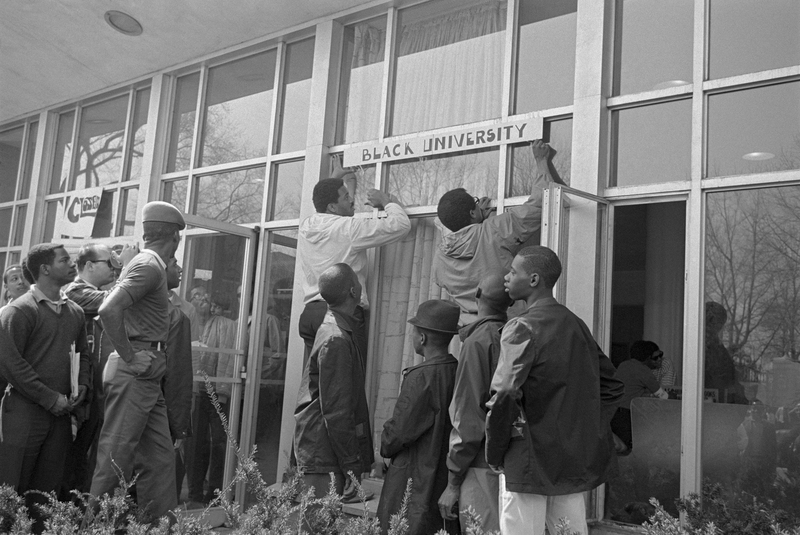

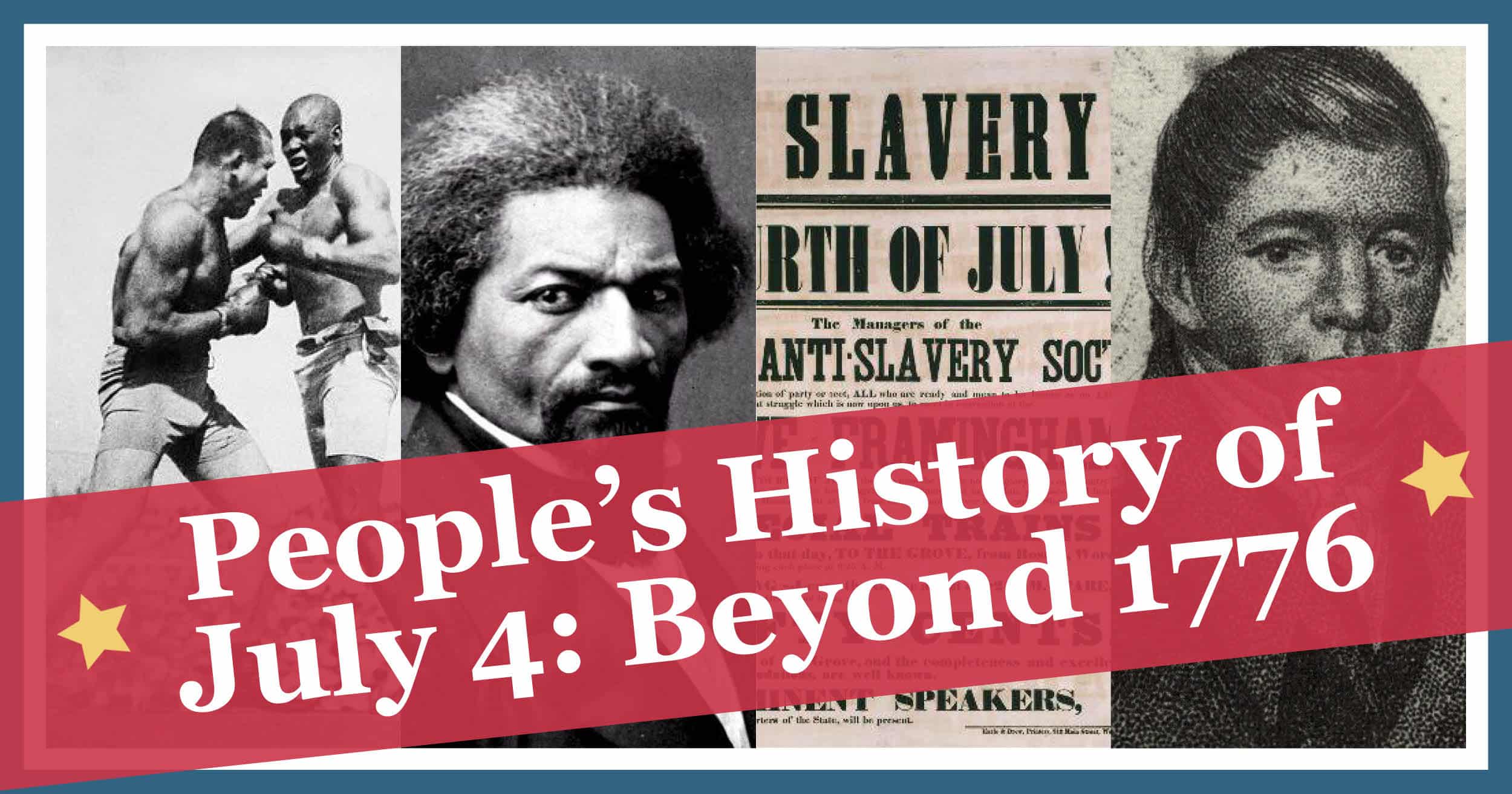
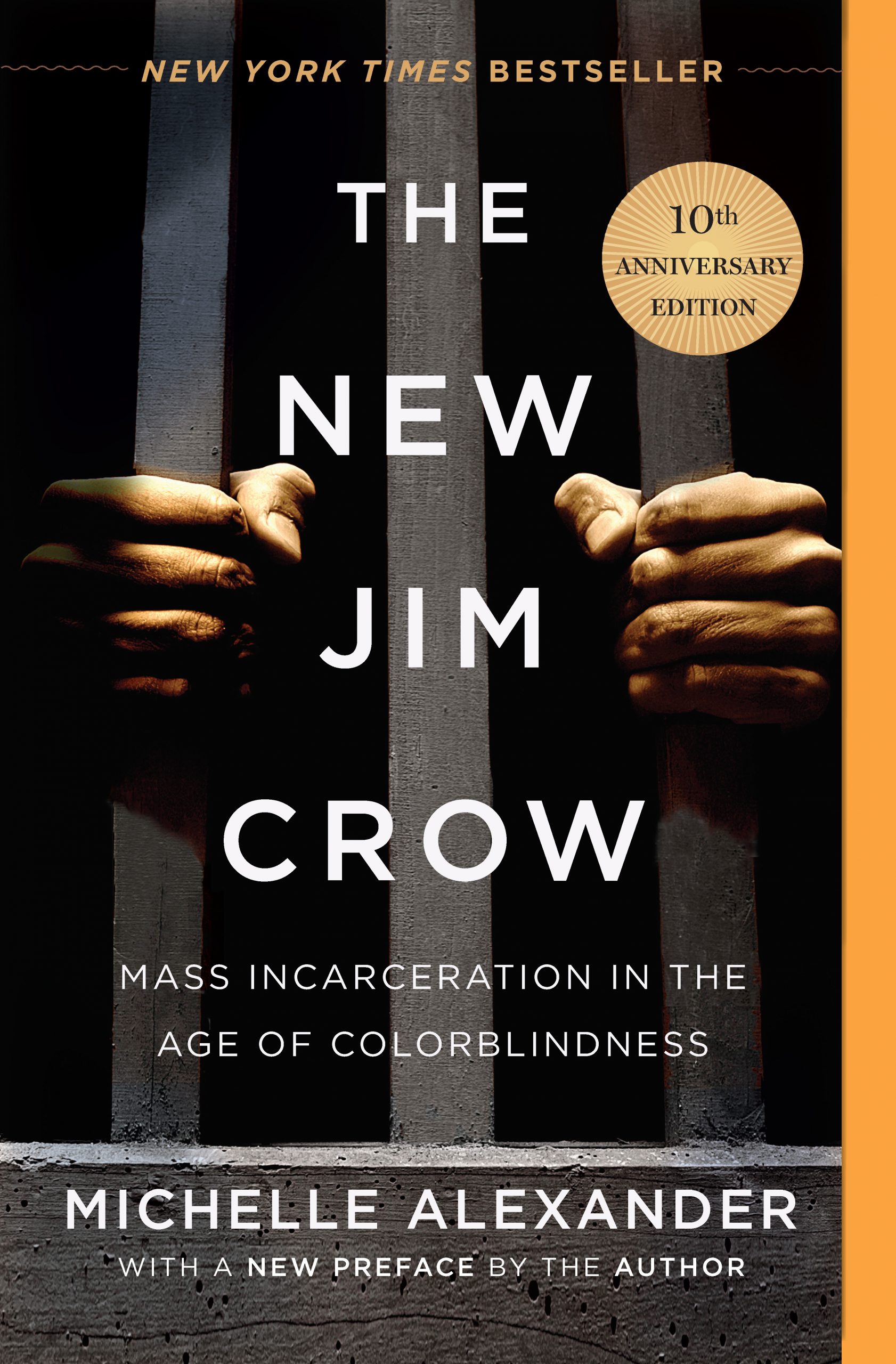
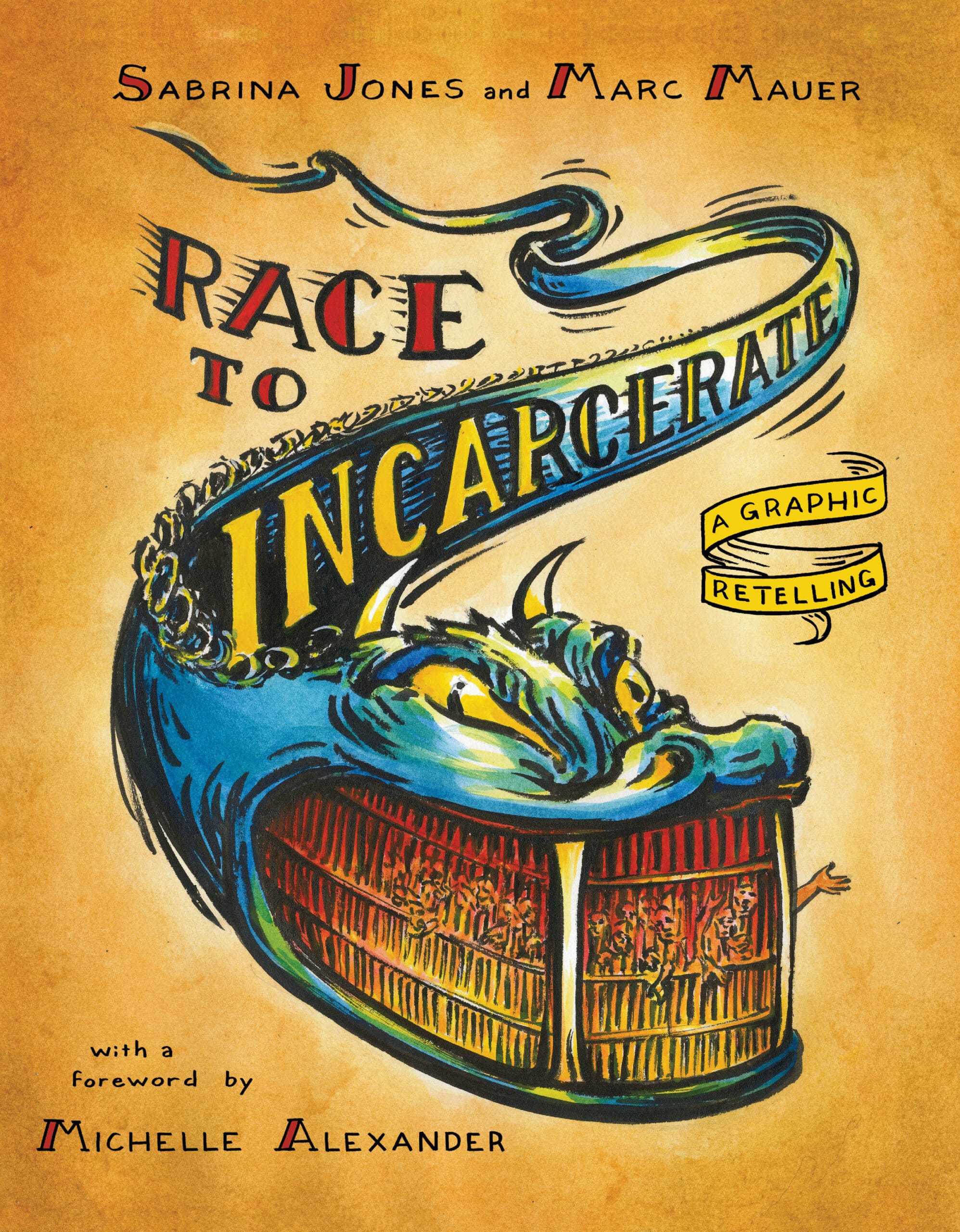
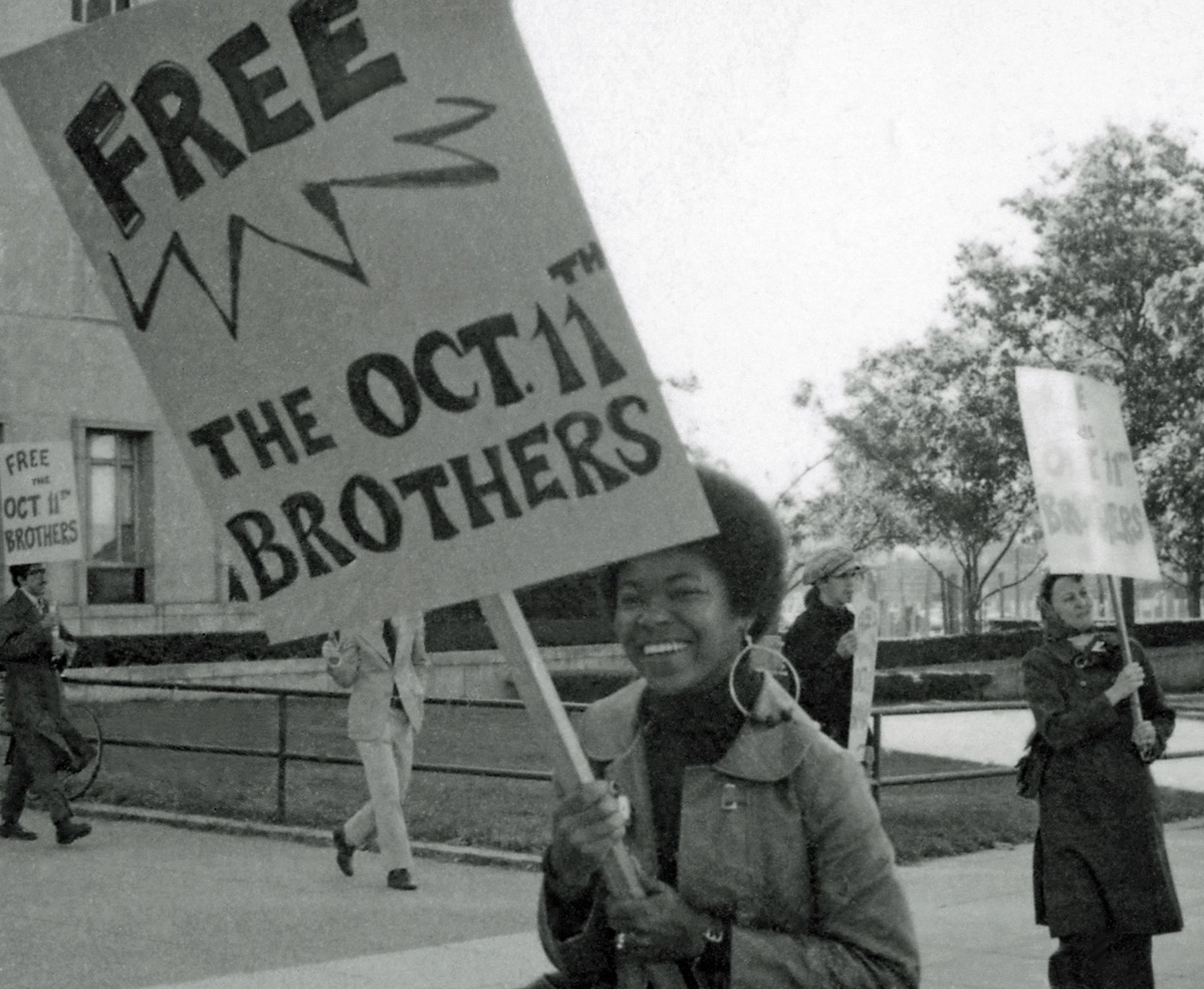






Twitter
Google plus
LinkedIn